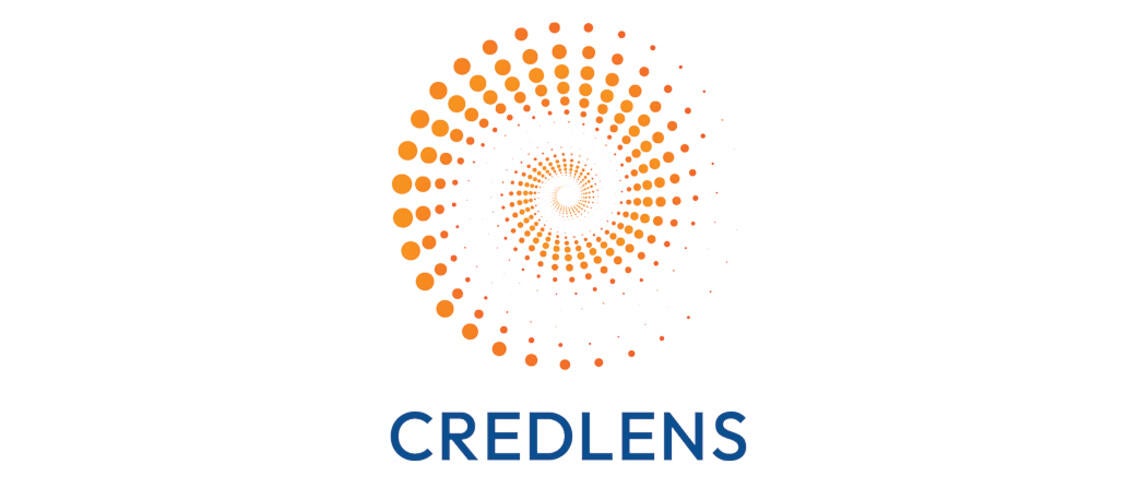The Importance of Behavior in Unemployment Insurance Integrity
UI integrity challenges arise for different reasons. Sometimes, people make honest mistakes: misreporting wages, missing deadlines, or misunderstanding eligibility rules. Other times, people intentionally mislead the system. In either case, behavior is at the root. If we treat all issues as solely compliance failures, we risk building systems that punish rather than support or ignore the cues that encourage fraud. A behavioral science approach helps us understand and design for both.
That’s where the COM-B model enters. As we learned in our April BI Beat article, COM-B stands for Capability, Opportunity, Motivation = Behavior. It provides us with a powerful lens for analyzing why people act the way they do. If you work in UI integrity, you’re not just tracking errors or chasing fraud; you’re designing environments that shape human behavior. Here’s how.
What is the COM-B model?
Developed by behavioral scientists as a foundation for behavior change, the COM-B model breaks down any behavior, good or bad, into three interacting elements:
- Capability is about having the mental or physical skills to act.
- Opportunity refers to the environmental conditions that enable or hinder action.
- Motivation includes both reflective processes (like beliefs and intentions) and automatic processes (like emotions and habits).
When any one of these is weak, the behavior is unlikely to occur or may go off course. This model applies whether someone makes a good-faith error or commits fraud.

For example:
- A person might lack the capability to interpret dense legal language or program jargon.
- Or they may see an opportunity to cheat a system that lacks checks.
- Or their motivation to comply may be eroded by stress, stigma, or distrust.
COM-B gives us a diagnostic tool to uncover the “why” behind the behavior so we can design smarter, more effective responses.
Capability: Can the claimant do the behavior correctly?
Many improper payments result from confusion. Claimants may not understand how to report wages or document their work search. Confusing, lengthy, or jargon-laden instructions can be overwhelming, especially for those with lower literacy or limited digital access.
To boost capability:
- Use plain language,
- Limit the number of steps, if possible,
- Provide step-by-step examples, and
- Incorporate visual or interactive aids that guide people through real-world scenarios.
Opportunity: Does the environment support or discourage behavior?
Sometimes the problem isn’t knowledge, it’s context. People filing from a phone in a time crunch or with limited internet access face real barriers. At the same time, unclear forms or systems with no feedback loops can unintentionally open the door to errors or even manipulation.
To shape better opportunity:
- Simplify workflows,
- Optimize for mobile use,
- Add timely reminders, and
- Create smart checkpoints that prevent both honest errors and exploitation.
Motivation: Do they believe the behavior is worthwhile?
Motivation drives both integrity and deception. A claimant who feels confident and supported is more likely to comply. One who feels confused or upset may disengage or justify cutting corners.
Behaviorally sound systems:
- Affirm progress,
- Clarify consequences,
- Use positive norms (e.g., “Most people report accurately”), and
- Frame honest action as part of being successful, not just avoiding penalties.
This isn’t behavior blame. It’s behavior design.
If behavior is the problem, behaviorally-informed design must be part of the solution. Smarter systems prevent errors, reduce fraud opportunities, and increase motivation to do the right thing.
What does a behaviorally-smart integrity system look like?
It’s one where:
- Instructions are clear,
- Platforms are intuitive,
- Safeguards are built in, and
- Nudges help people stay on track.
It’s a system where quality improvement efforts uncover the why, not just the what, where insights lead to action, and where designing for behavior isn’t just theory, but an everyday practice.

Want help putting COM-B to work?
NASWA BI helps states build smarter UI integrity strategies grounded in behavioral science. Reach out to us at integrity@naswa.org.
This concludes our series on behavioral insights in UI integrity programs. Read our previous articles on this topic:






































